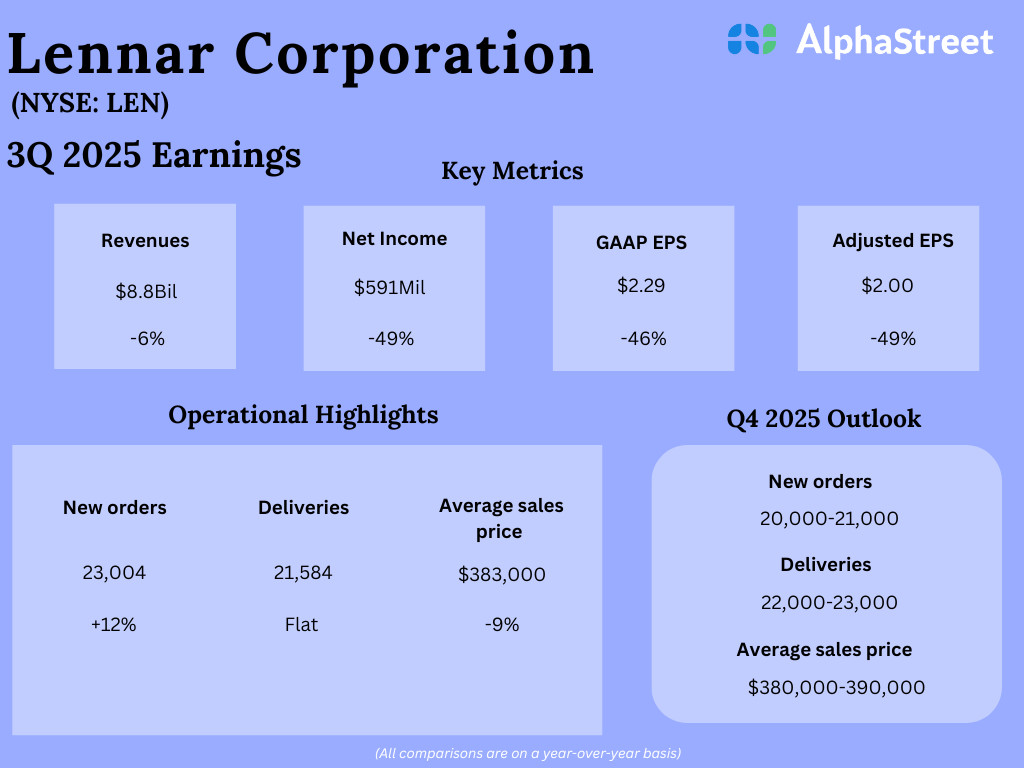Cannabis is an easy thesis to understand, and not just for those who smoke it. There’s a $100 billion market for a plant that grows like a weed but happens to be illegal. Well, it’s not really illegal. Of the 50 states in the union, you can buy cannabis and smoke it for medical reasons in 38 (76%) and for recreation in 24 (48%). Where you smoke it and how much you can carry are details you want to pay attention to, but don’t take it to any airport because that’s illegal. If you do get caught with some, the TSA agent will probably try not to make a fuss out of it because they’re not even certain how to navigate the rules. That’s because cannabis is legal at the state level – in most states – but illegal at the Federal level.
Cannabis stocks are presently undervalued because of these regulatory risks. When cannabis is finally legalized at the federal level, the industry will be de-risked, and multi-state operators (MSOs) can unlock value by engaging in cross-state enterprise. We say “when,” not “if,” only because 89% of Americans are in favor of legalization for medical use (70% are in favor of recreational use) and medical cannabis usually predicates adult use. It’s only a matter of time before politicians jump on the bandwagon to curry favor with voters. To understand how the cannabis industry is progressing, we checked in with the bright minds over at KEY Investment Partners (KIP) for their insights into the state of the cannabis market in an aptly titled report The Evolving Cannabis Market: Insights on the State of the Industry.

The State of Cannabis
KEY describes the cannabis market as undergoing “the first sustained downturn in its relatively short history.” California, a state that accounted for 18% of America’s cannabis sales in 2022, saw legal sales decline while illicit sales skyrocketed. The lines are increasingly blurred, as one NBC report found that 70-80% of marijuana sold in state-legal dispensaries in California was produced and grown illegally. Overproduction has created intense price competition, while the inability to access capital forces businesses to generate positive operating cash flows to continue growing. And the novelty might be wearing off. Five of the oldest cannabis markets in the United States saw declining year-over-year sales figures in 2022 for the first time since launching adult-use sales, while the newest states to legalize cannabis saw record sales numbers.
KEY’s report provides a state-by-state breakdown for cannabis sales in 2022 which topped $29 billion. Seven states exceeded $1 billion in sales and collectively accounted for more than half of all cannabis sold in America.

Once the remaining states legalize cannabis, all that novelty growth will level off, and the only way for MSOs to grow will be to steal market share from their competitors, the most formidable one being the black market. And it’s hard to properly compete when your biggest competitor doesn’t pay any taxes or follow any rules. That’s why legalization at a Federal level will help level the playing field. While everyone talks about “legalization” as a sudden event, it’s likely to be a series of milestones, one of which kicked off this past summer.
Cannabis Rescheduling Progress
In late August, the U.S. Drug Enforcement Administration (DEA) confirmed it had received a recommendation from the Dept. of Health and Human Services (HHS) that marijuana be rescheduled to a Schedule III controlled substance from a Schedule I. Should that happen, cannabis would join other benign substances such as Tylenol with codeine or testosterone. More importantly, cannabis would no longer be subject to the 280E tax code which presently punishes MSOs with an excessive tax burden by making them pay tax on gross margins instead of net income. The below example shows the impact of this tax code on effective tax rates.

The recommendation by the HHS to reschedule cannabis comes from a formal review of the scheduling that was requested by President Biden in 2021. That’s how long it takes for things to get done in government. With a new election less than a year away, investors can only hope this “game changer for the industry” gets solidified before a potential change of guard. The DEA is the final authority on the decision, but first they’ll need to conduct an independent evaluation of the recommendation through a careful review process that will include opportunities for the public to comment. There is no timetable or deadline, so we’re back to playing the waiting game.
If/when rescheduling to Schedule III occurs, the cannabis industry is poised for a significant increase in profitability and capital markets access. Those who invest in large cannabis operators at today’s depressed prices should see a permanent uplift as the industry starts to realize its true potential. KEY offers up a list of ten MSOs to consider, five of which haven’t been on our radar.
A List of 10 MSOs
Following all the industry consolidation that’s taken place over the years, perhaps we’re finally at a point where we can conclusively identify the entire universe of investable multi-state operators. KEY’s report provides the below table of ten MSOs for investors to consider, the first five of which we cover here at Nanalyze.

With a combined market (illicit and legal) of over $100 billion, the opportunity in the United States dwarfs that of any other country. For retail investors looking for cannabis exposure, your best bet is to choose some or all names from the above list. We’ve placed our bet on Trulieve (TRUL) because we had to pick just one, but a more risk-averse approach would be to buy a basket while perhaps excluding some of the smaller names. That’s because larger companies will enjoy economies of scale and can more easily start operating across state lines once restrictions are lifted.
As the move towards legalization drags its feet, surviving takes precedence over thriving. Companies that may have been able to raise capital several years ago won’t be able to today. Consequently, operators who haven’t yet pivoted into cost-cutting mode to achieve positive operating cash flows might be in serious trouble. KEY likens this to the dot com times when companies without real business models found themselves bankrupt. When vetting this list of MSOs, focus on solid balance sheets and positive operating cash flows. As you can see in the below table, the larger companies are more capable of producing positive cash flows which can be used to service debt and grow organically.

Today, projections for the legal cannabis market suggest U.S. sales could reach $45 billion by 2027 which represents a compound annual growth rate of about 9%. Existing market participants who are generating cash will have the means to capture more of that opportunity while those burning cash will be focused on cutting costs to survive. Once legalization is fully realized, expect alcohol and tobacco companies to step in as consolidation leads to even fewer market participants. That’s when the most profitable of the bunch will start pivoting from growth to value and investors will finally be rewarded for all that waiting.
Conclusion
In last year’s cannabis catch up, we postulated that it’s finally time to invest in cannabis. That conclusion hasn’t changed as valuations remain depressed as ever. At least there’s one legalization milestone to watch out for, and half a dozen companies with positive operating cash flows that will be able to hold out until the good times roll. In a coming piece, we’ll take a closer look at how Trulieve has been holding up in the face of (everyone say it together now) the industry’s strong macroeconomic headwinds.
















